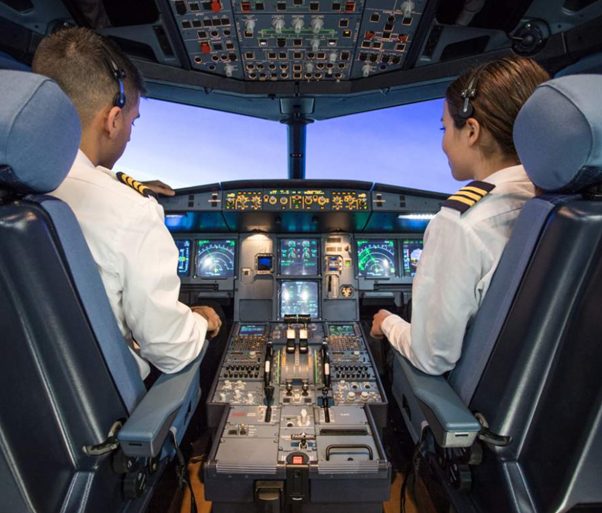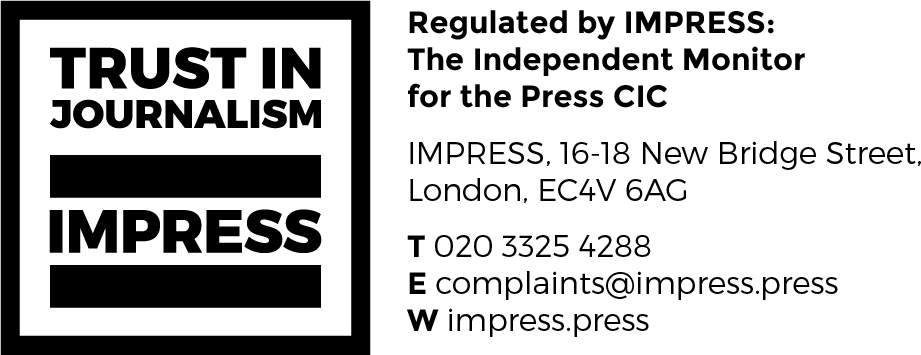Pilot shortages – plateau in sight?

Pilot shortages: Is the shortfall beginning to level out? (Photocredit: CAE).
Planes need pilots*. With ageing populations, worries about the long-term availability of pilots have plagued the industry for years. But there could be signs that the much-feared shortfall in qualified pilots for business and commercial aviation could be levelling out.
There’s a range of evidence to consider. Most recently, reports last month that Wheels Up laid off more than 10% of its pilots blaming staffing imbalance. Also, the much-reported pause in commercial airline hiring is understood to have played a role. But how much does this reflect Wheels Up’s individual situation and what, if any light, does its cast on the availability of commercial pilots in general?
“Wheels Up has reduced its fleet size and primary service area, which would indeed make them overstaffed,” Brian Foley, founder and principal of consultancy Brian Foley Associates (BRiFO) tells CJI. “Flight revenues have also decreased suggesting fewer flight hours flown.”
Reduction in US charter
It’s likely to have been exacerbated by the continuous reduction in US charter utilisation, which the recent ARGUS report estimates to have fallen by 5.3% year-on-year, he adds.
So, taken together, the latest evidence could suggest aviation – both business and commercial – is seeing significant improvement in the availability of pilots to fly its aircraft. Foley puts it like this: “This, [slowdown in charter] combined with airline and freight carrier pilot hiring pauses, slowdowns and furloughs suggests a plateau in the pilot shortage and more available cockpit crew members.”
Bearing that in mind, can we conclude continuing reports about the impending shortage of pilots are overstated? Business aviation, unlike the airlines, has a distinct advantage when it comes to pilot recruitment, according to Foley. The sector requires fewer than 1,500 hours experience which, in turn, provides a more ready supply of pilot candidates than the stream available to the United, American Airlines, Delta and the like, he adds.
This unlocks another significant point. “Our industry’s problem is more about pilot retention after attaining 1,500 hours and going to the airlines,” says Foley. “With airlines slowing hiring, this should become less of a problem in the near term.”
Unexpected silver lining
One unexpected silver lining to the supply chain cloud plaguing aviation is a beneficial impact on the supply of pilots. Boeing’s and Airbus’s inability to deliver new airliners in quantity will also have a positive impact on pilot availability, thinks Foley of BRiFO.
It is a point picked up by Mike Stengel, principal of consultancy AeroDynamic Advisory. “There is still a shortage of pilots in the medium term due to unfavourable demographics,” he says. “But airlines are getting some temporary relief because they can’t get new airplanes fast enough, which has thus slowed down their hiring plans compared to the frenzy we saw in 2022 and 2023.”
The key word here for Stengel is “temporary”. Whatever the short-term challenges, the long-term direction of travel is clear. “As production rates increase at Airbus and Boeing, and Boeing also sorts through its own issues, we expect pilot hiring at major US airlines to accelerate again which will create ripple effects throughout the industry,” he argues. “This eventually translates into higher attrition at regional airlines and the business and general aviation segment that Wheels Up plays in since major airlines are often viewed as career destinations.”
We did ask Wheels Up for comment but were told the organisation was unable to offer a view due to the media quiet period ahead of its second-quarter financial results expected on August 12th, 2024. In May, the company posted first-quarter 2024 financial results with total revenue down 44% year-over-year to $197m. (The fall was mainly driven by its exit from the aircraft management and aircraft sales businesses, as well as reduced membership and flight revenue).
11,000 airline pilots certified
Meanwhile, in March the Air Line Pilots Association (ALPA) highlighted FAA research revealing the US continues to certificate more airline pilots each month than in the years before the global pandemic. For example, more than 11,000 airline pilots were certified in the 12 months to March alone.
“Despite continued data to the contrary, corporate special interests continue to push the narrative that the United States lacks enough pilots,” the association said on its website. “ALPA has long maintained that while there were some pilot training backlogs coming out of Covid, the system is working and still producing record numbers of pilots. Passenger demand continues to be strong, and while mainline airline hiring has stabilised, resulting in a reduction of new pilots being hired, flight schools continue to have record enrolment.”
Urging against FAA legislative and organisational changes, Jason Ambrosi, president, ALPA wrote: “The system is working as intended, we’re producing more than enough pilots, and we’re experiencing the safest period in US aviation history, thanks in large part to the highly trained pilots on every flight. However, all stakeholders have an obligation to remain vigilant and play an active role in the operations of the most complex aviation system on the planet.”
So, it seems for now, at least, fears about an acute shortage of business aviation pilots and their airline colleagues may be misplaced. (Read the CAE Aviation Talent Forecast here).
*Planes need pilots – for now and the foreseeable future. No one disputes the tremendous progress being made with autonomously piloted aircraft. But do you fancy leaving the ground in one any time soon?
Subscribe to our free newsletter
For more opinions from Corporate Jet Investor, subscribe to our One Minute Week newsletter.








